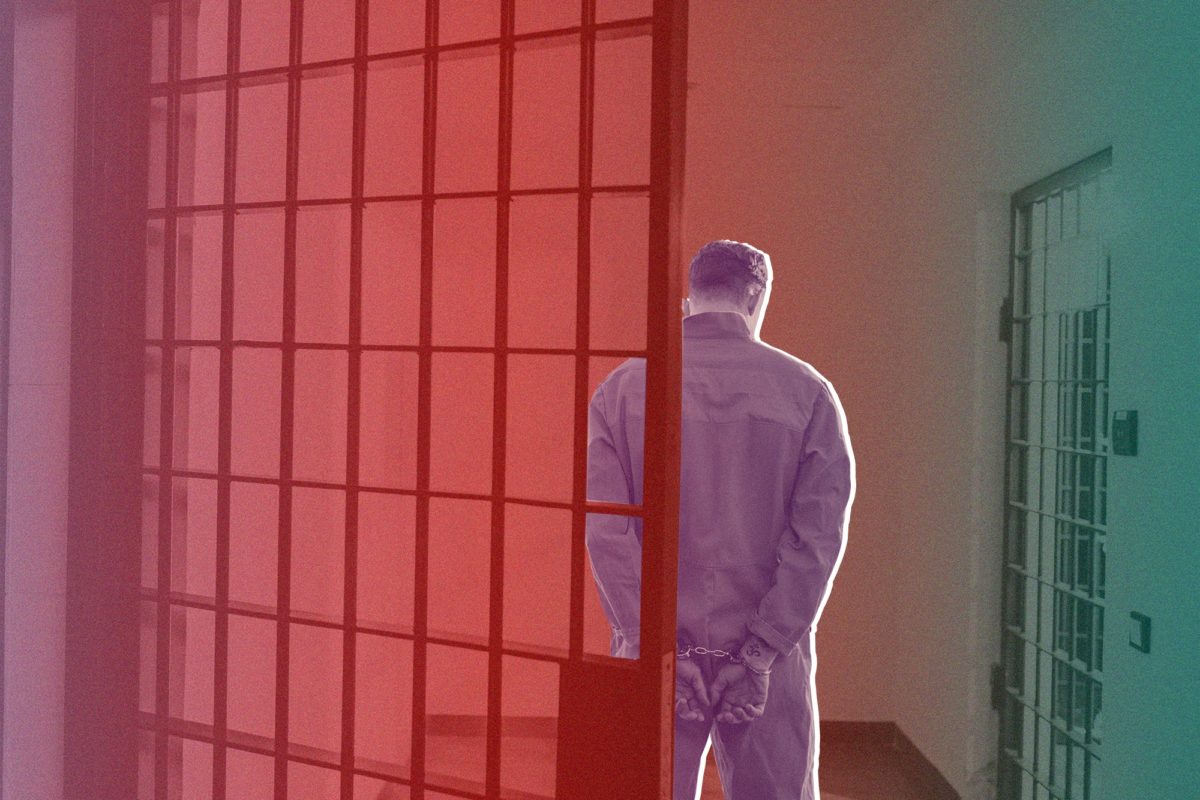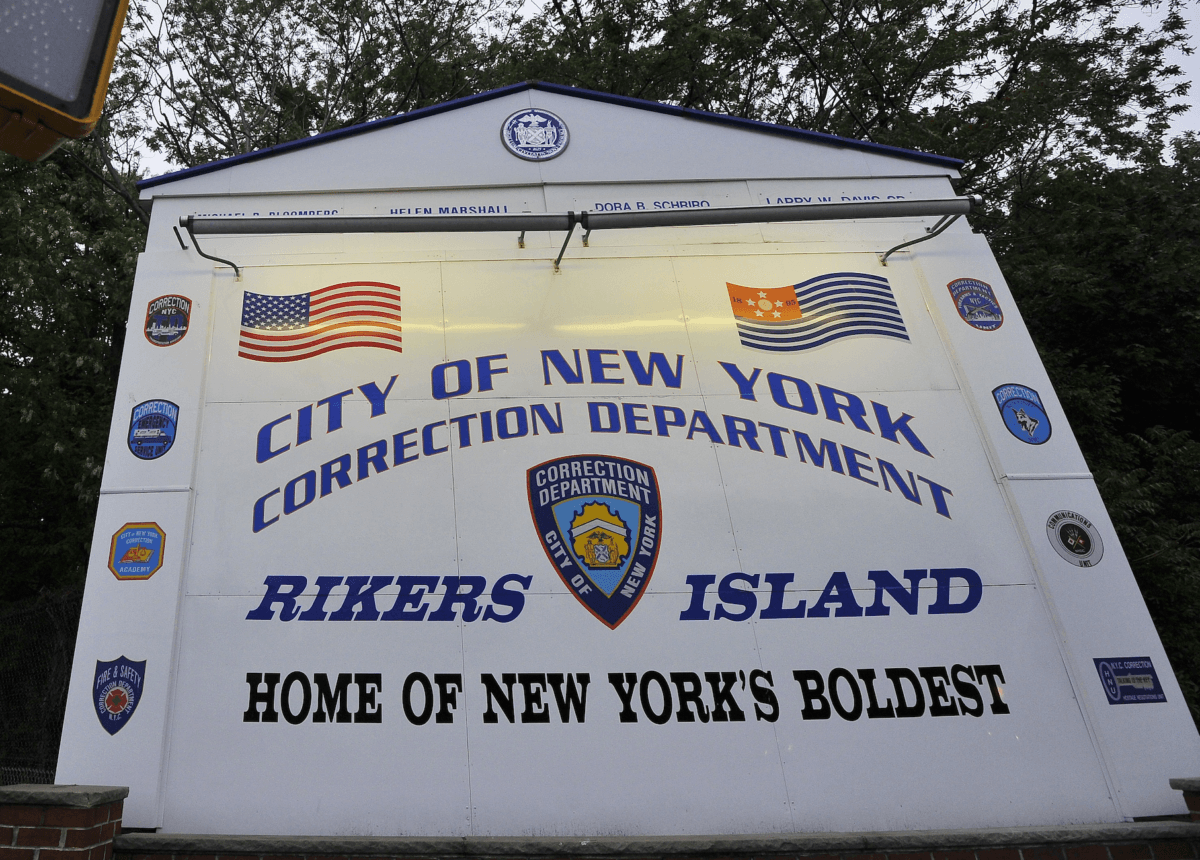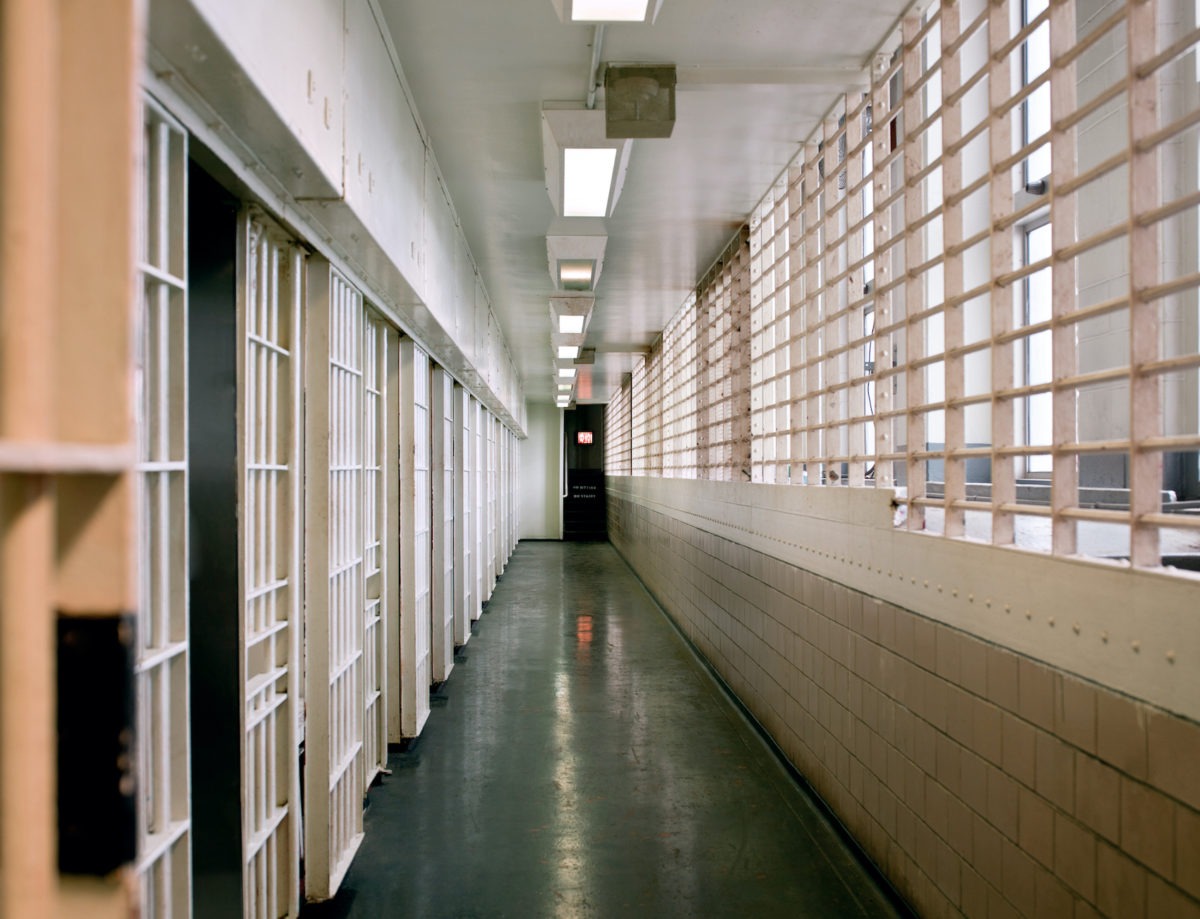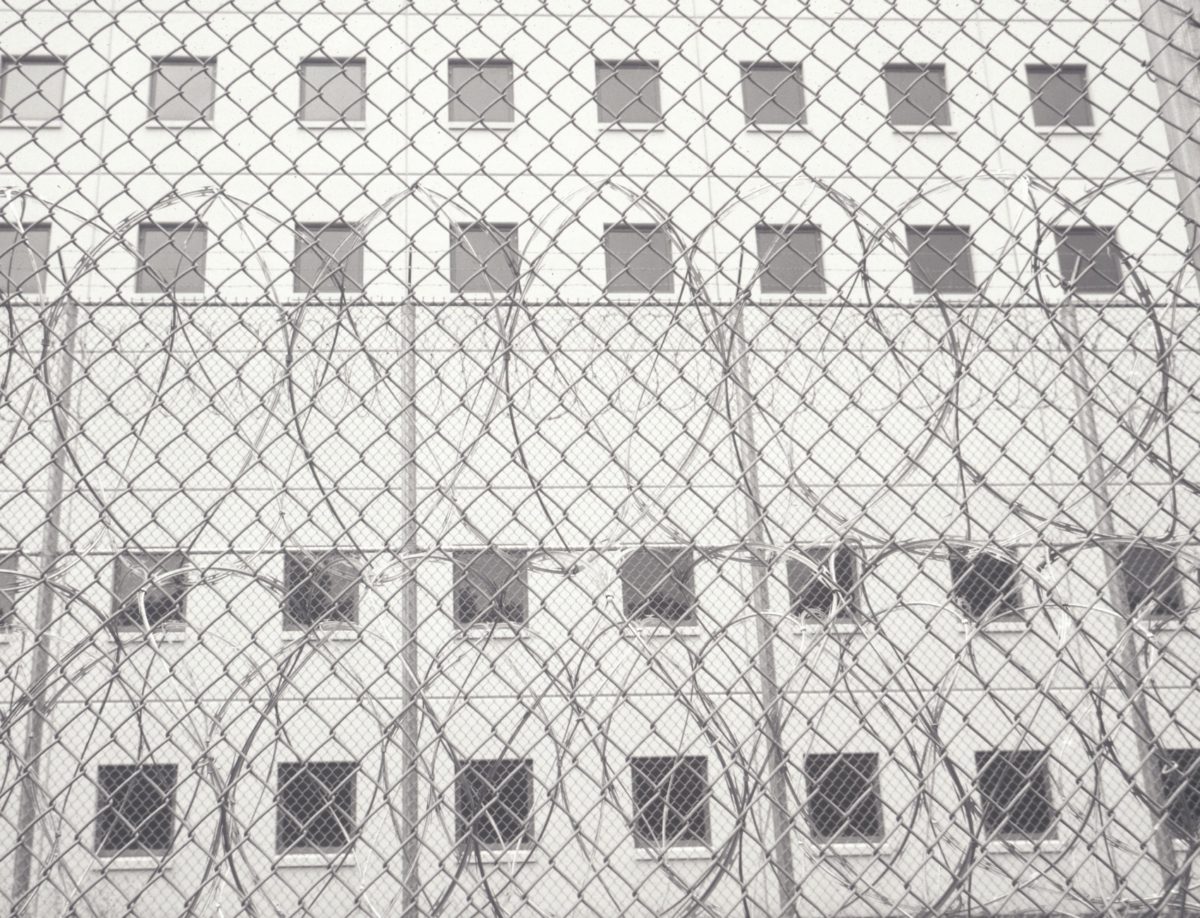
Honolulu Police Keep Putting Homeless People in Jail
The city is flouting CDC guidance by continuing to dismantle homeless encampments during the COVID-19 pandemic, though it does not have nearly enough shelter space.

The city is flouting CDC guidance by continuing to dismantle homeless encampments during the COVID-19 pandemic, though it does not have nearly enough shelter space.

The women are kept in cramped, unsanitary quarters, the suit says, and are not permitted the same job opportunities as men held at the same facility.

Hepatitis C has ripped through prisons and jails, despite more effective treatments for the disease. It is a comorbidity to COVID-19, and the pandemic threatens to cut already weak state funding for prisons to treat those with the disease.

An Erie County judge said the pregnant 20-year-old would be ‘safer’ in jail from the COVID-19 outbreak.

In Hillsborough County, Florida, the jail population is bloated by cash bail, fines, and fees, perpetuating health inequities during the COVID-19 pandemic.

Faced with inaction on the part of state and corrections officials, incarcerated people in jails, prisons, and detention centers are protesting their treatment during the COVID-19 outbreak.

A woman detained by ICE was sick with COVID-19 for days before being removed from a 50-person jail dorm in York County, Pennsylvania, according to women housed with her.

The state’s law enforcement agencies failed to implement a 2018 data-sharing law. Now officials are struggling to identify high-risk people to release from county jails.

The Small Business Administration has created barriers for people re-entering the workforce after serving time in prison.

‘It seems like Black people are still being criminalized and are not free,’ one organizer said.

A sheriff’s deputy in Louisiana is caught on video choking a man after he says he asked for COVID-19 treatment.

By letting people out now, we can avoid overwhelming our healthcare system with sick prisoners later.

Doing so will save countless lives, and in the process, they may show us by example how to begin, finally, to dismantle mass incarceration for good.

People are dying in jails and prisons because elected officials hesitated at the worst possible moment.

Public defenders are working with the courts to secure release for people incarcerated in the Florida county, many of whom are jailed for low-level offenses.

Bail will be set at $0 for most misdemeanors and low-level felony offenses.

The state, which accounts for roughly one-third of all positive COVID-19 cases in the country, is facing a rapid spread of the disease in its jail and prison systems.

Incarcerated people, corrections officers, and their families and communities are bound together by the threat of a deadly and fast-moving disease. The sooner we recognize this, and take decisive action, the more lives we will save.

Los Angeles County judges must move quickly to release a broad group of people in custody.

Public defenders in Fairfax County say their clients are being sent into harm’s way.

ICE has adopted no policies aimed at releasing any of the 38,000 people it keeps in county jails and private detention centers across the country.

Decisive action by governors and the President now can save lives — of incarcerated people, correctional and medical personnel, and nearby community members. Business as usual will not.

“The doctors said they were going to come and do screenings every day, but for the past two days, they’ve just come into the dorm and stood by the front door and yelled, ‘Does anybody have any symptoms?’”

New research shows that jails contribute to infectious disease deaths in the greater community.

In Northampton County, advocates say the practice is putting the people charged for minor offenses, and the broader community, in danger.

As COVID-19 spreads, ICE detained a Central American immigrant in a hospital, causing confusion and raising concerns.

Sheriffs wield enormous power, and they can direct it in ways that will help contain the spread of COVID-19 and protect incarcerated people.

At a time when it’s vital to reduce jail and prison populations to prevent outbreaks, this data can help advocates identify areas where that is or is not happening.

In a joint statement, they emphasized the need to reduce the number of people currently incarcerated in order to contain the deadly COVID-19 virus.

Local jails are notorious amplifiers of infectious diseases. If we don’t move quickly to reduce their population, it may undermine our ability to control the new coronavirus, nationally and locally.

Andrew Cuomo, who recently announced the state would employ prisoners to make hand sanitizer, must prepare for the particular vulnerabilities of the state’s prison population to COVID-19, advocates say.

The public defender and district attorney both directed their staffs to keep individuals who are more vulnerable to the virus out of jail.

More than 100 people signed an open letter to Eric Holcomb requesting that he begin releasing people most likely to be seriously harmed or killed by the coronavirus.

A complaint filed in 2013 on behalf of 500 currently and formerly incarcerated youth alleged that they were assaulted and harassed by incarcerated adults and corrections staff in adult prisons and jails across the state.

Bristol County Sheriff Thomas Hodgson, who once offered prisoners at his jails as laborers to build the border wall, is one of many sheriffs who partners with the agency.

A Department of Corrections official knew the extrajudicial practice was going on but little has been done to correct it.

A report from an advocacy group says that deaths in the state’s jails have soared— and that 2019 could set a record for suicides.

People held in courthouse cells were shackled for up to 15 hours a day, and some were unable to eat, change menstrual pads, or use the bathroom, advocates say.

Incarcerated women, half of whom are in local jails, have histories of trauma that require care, not criminalization.

The mayor claims that building new jails is the only safe way to close Rikers Island jail complex, but the City Council shouldn’t fall for this Faustian bargain.